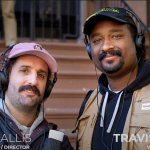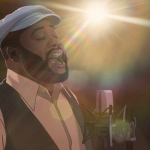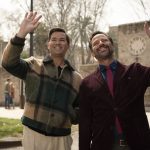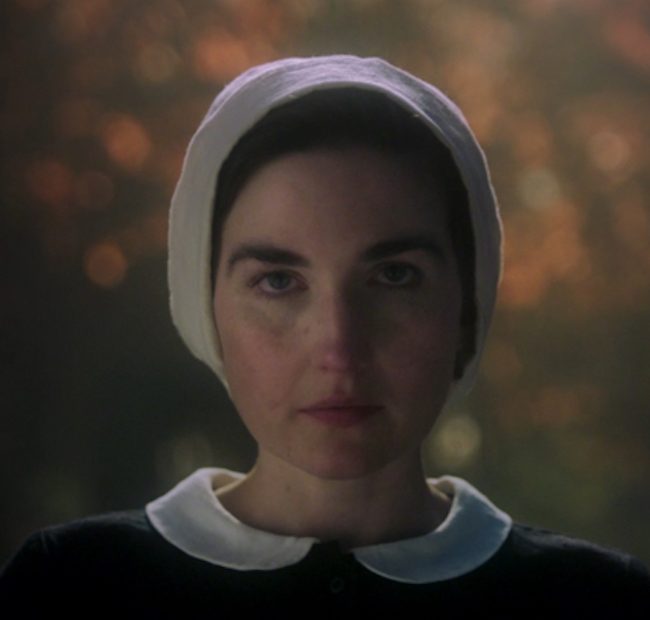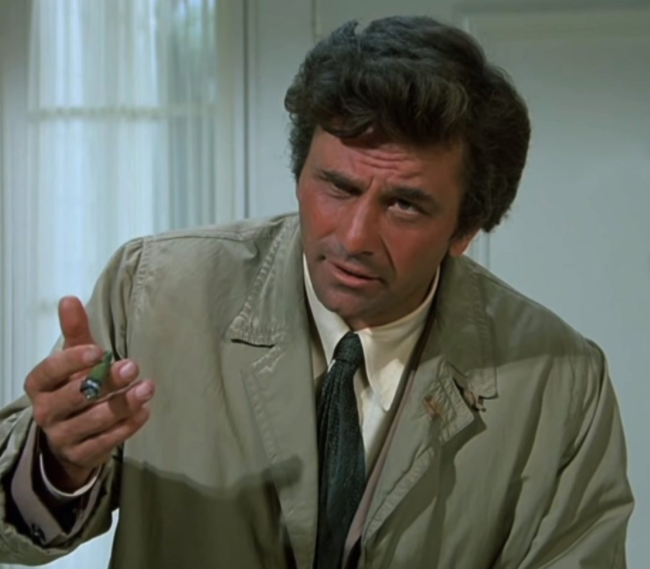A Conversation with Gia Coppola (THE LAST SHOWGIRL)
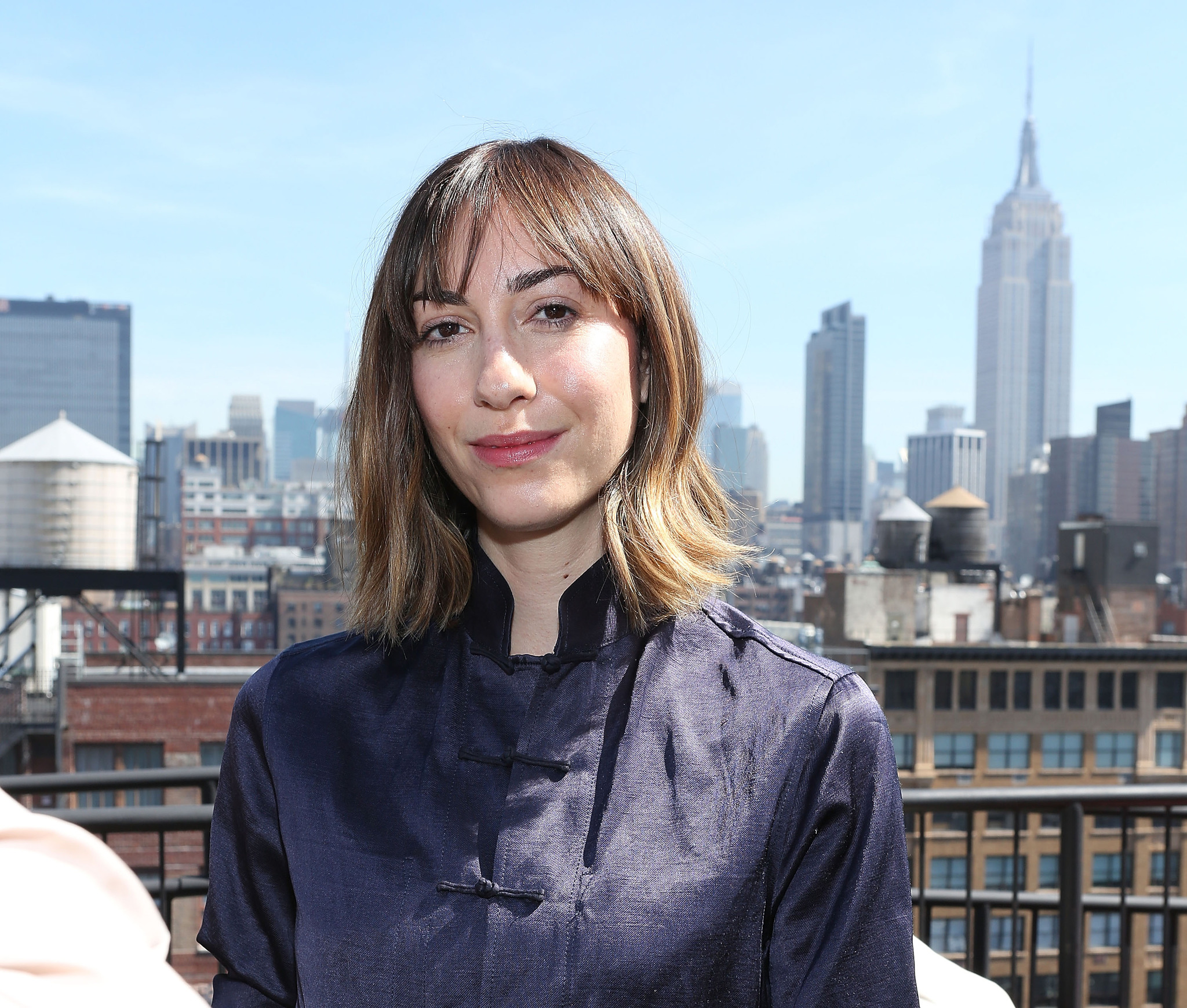
Filmmaker Gia Coppola, known for her tender explorations of transformation in Palo Alto and Mainstream, returns with The Last Showgirl, a stirring character study shot by acclaimed cinematographer Autumn Durald Arkapaw (Black Panther: Wakanda Forever, Loki). The film, which premiered at TIFF, stars Pamela Anderson as a veteran performer grappling with an unexpected shift when her show announces its closure after thirty years on stage.
Working with an ensemble cast that includes Jamie Lee Curtis, Dave Bautista, and Kiernan Shipka, Coppola crafts an intimate portrait of resilience and reinvention. The filmmaker’s third feature marks a mature evolution of her distinctive voice, while Durald Arkapaw’s masterful lens brings warmth and authenticity to a story about finding your spotlight in life’s second act. It was great to speak with Gia in the following conversation edited for length and clarity.
Hammer To Nail: The film has a very specific location and topic. Basic question to start but what inspired the film and what was the screenwriting process like for this one.
Gia Coppola: So many elements were a factor as to why I wanted to tell this story. It started with the desire to make a film in an intimate way. I admire Cassavetes and the structure of his films. Keeping it as intimate as possible so you can have that creative autonomy. I have always loved Las Vegas. I used to drive cross country in college and, as a photo major, I would always stop in Vegas and take pictures. I always wondered what life was really like there.
When I came across Kate Gersten’s play, it had so many of the elements I was looking for. Because it is a play, that structure can create an intimate movie. There are not many locations or casts. It is very concise. It allowed me to make space for Vegas as a character. We talked a lot about how to turn the play into a film, however, she is such a talented writer I did not have to do much. What’s so beautiful is the mother daughter story at the core. I relate so much because I was raised by a single mom. I really wanted to convey that complicated relationship. I also became a mother during the genesis of this film. I was really able to understand both sides of that relationship. Also, the familial bonds you make in a work environment and how special/unique that is was something important to me. Our culture just disposes of anything that ages over time. As things get older they only get more interesting.
HTN: While the film is not in your face, it feels very theatrical. Was the theatrical experience something you strongly considered while creating the film?
GC: We strongly considered how to turn this play into a film. So in-turn we had to think a lot about the movie going experience. Our costumes were authentic. They are not meant for film. They are gigantic, so you are trying to figure out how to mic them and all the logistics of the framing. There are always those moments where you have to pivot and consider how to make it the best movie going experience possible.
HTN: At around the 15 minute mark, you have Dave [Bautista] revealing to the rest of the group that the show is being shutdown. Pamela [Anderson] begins crying and storms off. Jamie Lee Curtis gets pissed at Dave for always being the bearer of bad news. The camera is on Dave as his face sinks. I love this moment. What was your thinking?
GC: Autumn is one of my closest friends. We have done my past 2 movies together. She has gone on and done huge marvel projects. I just let her go on and do her thing. We both agreed that we wanted to shoot this on 16mm. This is still a character driven drama. So much of our energy is coming through these characters. We wanted the focus to be on them. She did an interesting lens design that was anamorphic. Everything that is not center-punched falls off
HTN: The sequence where Hannah [Billie Lourd] visits Pamela. Both performances here are so good and the dialog rings true to real life. What were you hoping to achieve here?
GC: There is a lot to try and convey in a short amount of time without being expositional. You want to try and convey that they are mother and daughter, but you don’t want to tip your hand too much and reveal the complications of their relationship. You just want to hint at the fact that it’s fractured and uncomfortable. There’s a lot of love between them but they are grasping at straws to connect. I think that’s true of a lot of mother daughter relationships at that stage. They really want to connect but they can’t quite hit their mark. I think that’s similar to Dave [Bautista] and Shelly’s [Anderson]relationship. There’s a lot of love but they struggle to speak the same language. Those are always the most heartbreaking love stories. When you just are constantly missing each other.
HTN: At the 48 minute mark Jamie Lee Curtis stands on top of the table at the casino and dances to Total Eclipse of the Heart. A terrific moment that is then spliced with Pamela having a bit of a breakdown. This winds up at this message she is leaving for Hannah above the skyline. Please explain what you wanted to achieve here?
GC: That is the breaking point for those characters. Annette [Curtis] is so desperate and it’s really devastating. She is giving so much and receiving so little. The people don’t notice her. This was something that was really important to us in the script. Why do women past a certain age become invisible? Shelly slams the door in Jody’s [Shipka] face because she’s at her breaking point. She is such a nurturer and caretaker, but in that moment she is tapped out. She is responding in a way that is really not like her, but recognizing that she’s in a situation that does not love her back. She put her roots into her work instead of her family and is trying to salvage that. That’s what propels her to cross the line she said she never would. Going to the audition, having dinner with Eddy, trying to find ways to save her situation.
– Jack Schenker (@YUNGOCUPOTIS)

